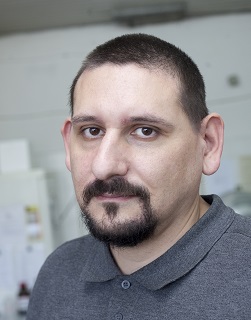ReCat4VALUE
Harnessing non-covalent assemblies for regiocontroled catalysis: distal C-H functionalisation for high-value product streams
The economic and social importance of the low-volume, high-value product streams that cover a broad range of structural complexities is undoubted. Due to the ubiquity of the carbon-hydrogen bonds (C-H) in organic molecules, it shows promise for streamlining the synthesis of complex scaffolds. However, despite the different chemical environments, the energy values of all C–H bonds are within a narrow range, hence the regioselective C–H bond functionalisation poses great challenge. In the modern era of this transformation, only interactions that are suitable as controlling elements could render potential breakthroughs. By employing multiple non-covalent interactions, the enzymes, as nature’s catalysts, speed up and control the reactions that make life possible. The organic chemists only very recently started to employ non-covalent interactions in tackling regio- and site-selectivity issues in catalysis, thus there remains ample scope for further exploration of attractive non-covalent interactions.Given this, the main objective of the proposal is to create a new versatile synthetic toolbox for regioselective distal C-H functionalization of a broad range of important substrates approached with a mindset for exploitation in high-value product streams. This will be achieved by tailored non-covalent ligand-substrate assemblies, whereby a transition metal catalyst is precisely guided to a specific remote C–H bond of the substrate. The synthetic toolbox will be validated in real-world applications and will offer several important breakthroughs. New synthetic routes to access non-canonical amino acids and functionalise pharmaceutically relevant molecules that interrogate different areas of the bioactive chemical space will become available. During this journey, the scientific community will be served with new concepts and the industry with new proofs-of-concepts to be potentially progressed from a lab stage to the real-world.




